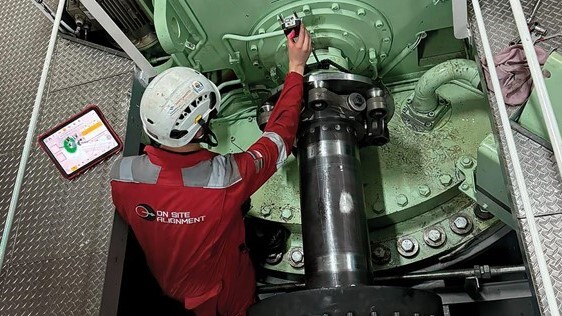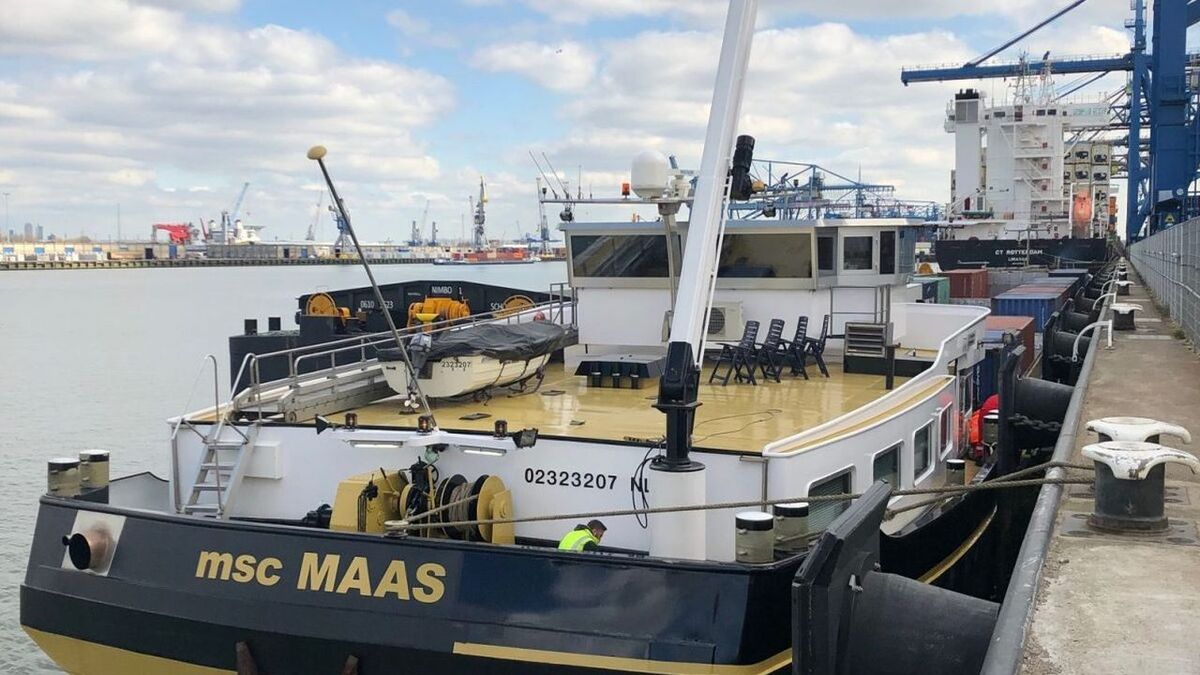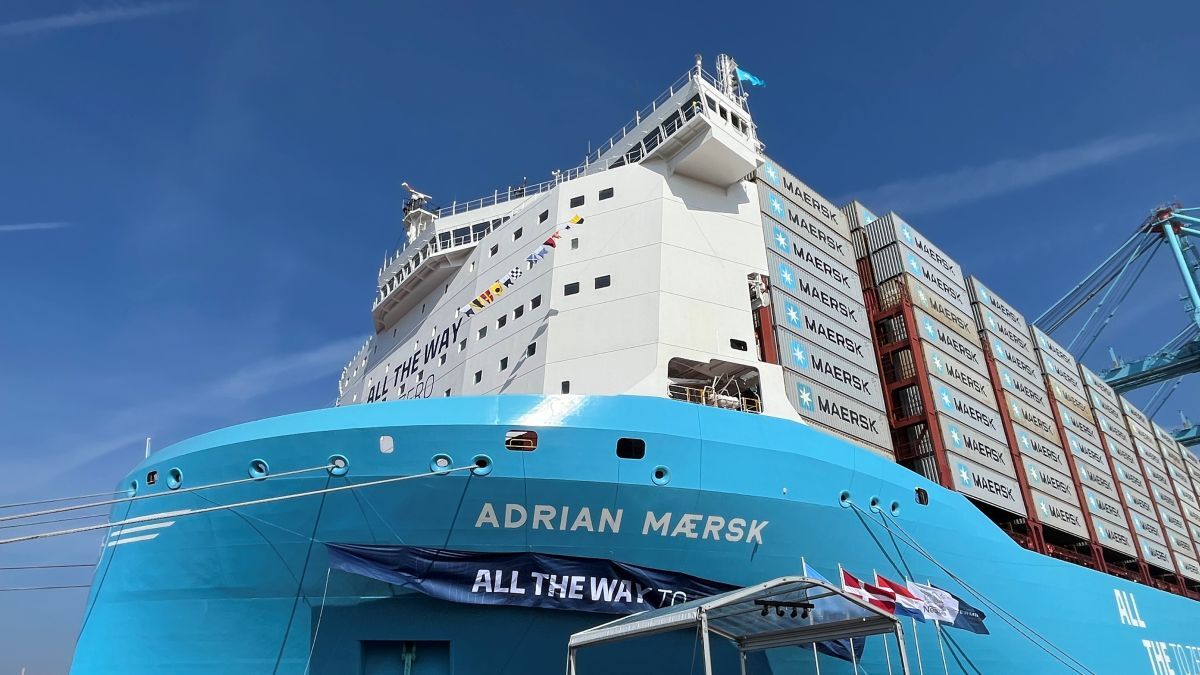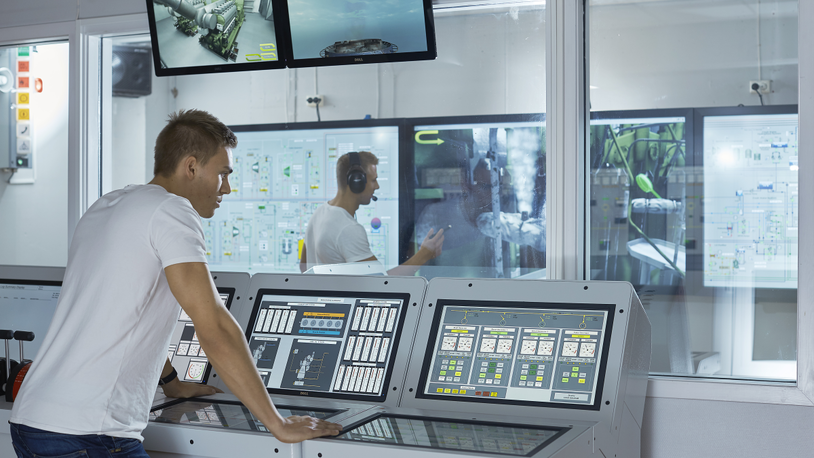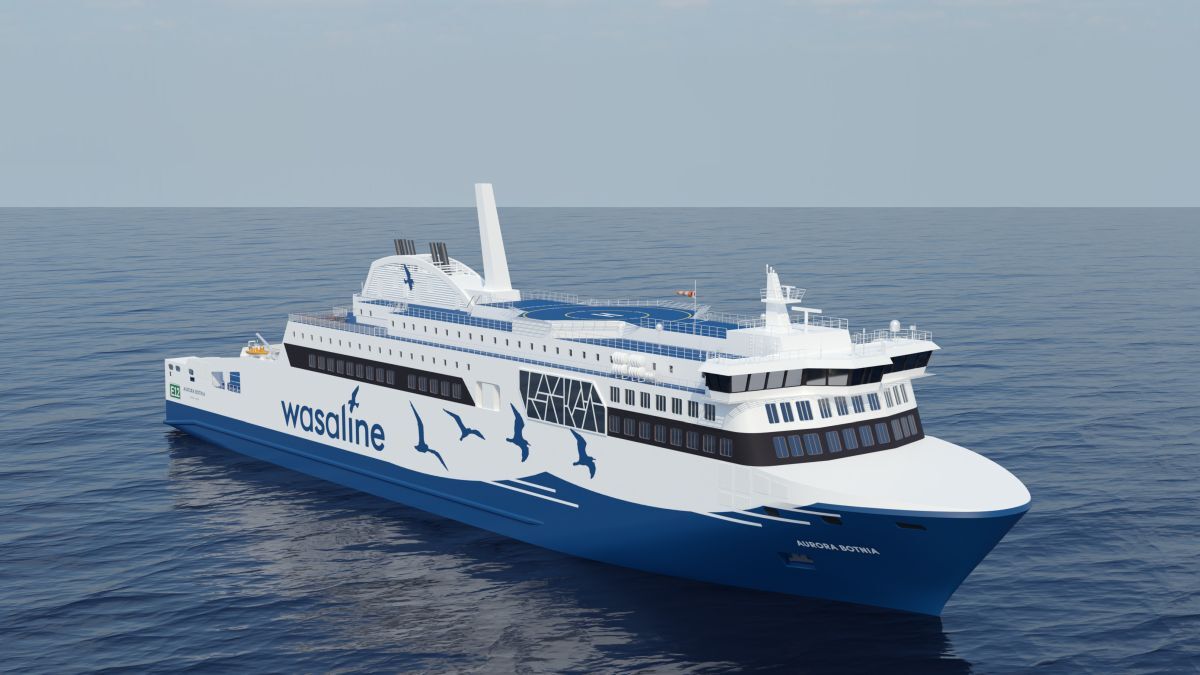Business Sectors
Events
Contents
Hydrogen and fuel cells will future-proof shipping
Future Proof Shipping is taking a pioneering step by retrofitting a vessel to run on hydrogen fuel cell propulsion, attendees heard at Riviera’s Maritime Hydrogen and Fuel Cells, Europe virtual conference
Future Proof Shipping senior integration advisor Milinko Godjevac said the long-term plan is to upgrade six inland vessels, two shortsea ships and two oceangoing vessels for hydrogen propulsion. He explained these plans, technical challenges and innovative technology during the virtual conference on 8 December.
“We have ongoing projects, the first is retrofitting inland vessel MSC Maas, that we expect to be sailing in H2 2021,” said Mr Godjevac.
On this project, his team has completed the design, conducted a HAZID study and finished legislative permits. “We are moving towards plan approval,” he said. Lloyd’s Register will classify this vessel.
The hydrogen fuelling concept was selected to enable this vessel to transit on a round trip of 400 km along the Rhine river system from the Netherlands. Future Proof Shipping chose compressed hydrogen for its ease of storage in two 12.2-m containers supplied through renewable energy resources.
The 110-m vessel’s retrofit will involve removing the internal combustion engines, then installing the new zero-emissions propulsion system – 825-kW fuel cells, 504-kWh batteries, electric motor and hydrogen storage.
Holland Shipyards Group and BCTN Network of container terminals are partners in this project.
Future Proof Shipping is working on other potential hydrogen retrofit projects. “We are working with a large deepsea terminal to make their distribution to inland terminals zero-emissions,” said Mr Godjevac. It is developing a project to realise the first steps towards a zero-emissions shortsea vessel for a large bulk-cargo owner.
Future Proof Shipping is also developing a hydrogen power-barge concept to supply power to vessels in the port, as a mobile and flexible alternative to shore power.
It is working with a bulk-cargo owner to convert a push-boat operating in a Dutch port to zero-emissions and exploring possibilities with an agricultural co-operative in Switzerland to transport their cargo on ships fuelled by green hydrogen.
Hyon AS, jointly formed by Nel, Hexagon Composites and Power Cell, is collaborating on a growing number of hydrogen fuel-cell vessel projects aimed at producing zero-emissions shipping.
One is project ZeFF, a zero-emissions fast ferry and another, SeaShuttle, is a zero-emissions coastal container ship with automated cargo handling.
Hyon managing director Tomas Tronstad said there were other projects including Water-go-Round passenger vessel, zero-emissions ferries in Geirangerfjord (south of Alesund), Felleskjopet cargo vessel tender for Heidelberg Cement and designing an aquaculture vessel.
These projects need to be supported by a strong supply chain with hydrogen bunkering, but there are no hydrogen marine bunkering facilities in Norway at present.
Mr Tonstad said Hyon is developing compressed hydrogen maritime bunkering. “This is the missing piece. A filling station needs mass flow and class approval,” he said. Hyon’s infrastructure could bunker 3 tonnes of hydrogen per hour from 380 bar on site to 250 bar on board.
This development will not be quick enough for the introduction of the first hydrogen-powered passenger vessel in Norway, as Norled intends to begin operating Hydra in 2021.
With more bunkering facilities in place and government incentives, there will be more hydrogen-powered vessel developments, said NCE Maritime CleanTech project manager Tore Boge. “The future for hydrogen is quite bright if we can have incentives in place,” he said, “with governments’ support and international co-operation for hydrogen to be available on a global scale.”
Mr Boge examined industry take up of LNG fuel and batteries for parallels with shipping’s potential use of hydrogen-based fuels. He said a key element is availability of the energy source. “With LNG there was a lack of infrastructure, although it is now more available,” said Mr Boge.
It took 14 years from the introduction of the first LNG-fuelled ship Glutra in 2000 to pass 40 ships using this fuel.
But there will be 80 vessels with energy storage systems in 2022. This is less than seven years from the introduction of the first battery-powered ferry, Ampere in 2015.
“With batteries, grids were in place, just not connected to charge points, and there are economic benefits to owners,” said Mr Boge.
Industry should work together to increase take-up of hydrogen by investing in bunkering systems.
Smartenergy Invest managing director for hydrogen projects Christian Pho Duc said liquid hydrogen carriers, particularly ammonia, will be required for long-term uptake of zero-emissions shipping. “Green hydrogen and green ammonia uptake will happen in phases,” said Mr Duc. “Starting with existing large-scale consumers and expanding to new applications and sectors over time.”
Freight shipping is expected to adopt green ammonia and passenger vessels sail on green hydrogen in the medium to long term.
“In the medium term, we see significant potential for green hydrogen and ammonia as fuels for the marine shipping sector,” said Mr Duc.
Batteries and alternative power sources will be discussed in depth during Riviera’s Maritime Hybrid & Electric, Europe virtual conference, 9-11 December - use this link for more details and to register for this 3-day conference
Related to this Story
Events
Maritime Environmental Protection Webinar Week
Cyber & Vessel Security Webinar Week
The illusion of safety: what we're getting wrong about crews, tech, and fatigue
Responsible Ship Recycling Forum 2025
© 2024 Riviera Maritime Media Ltd.

